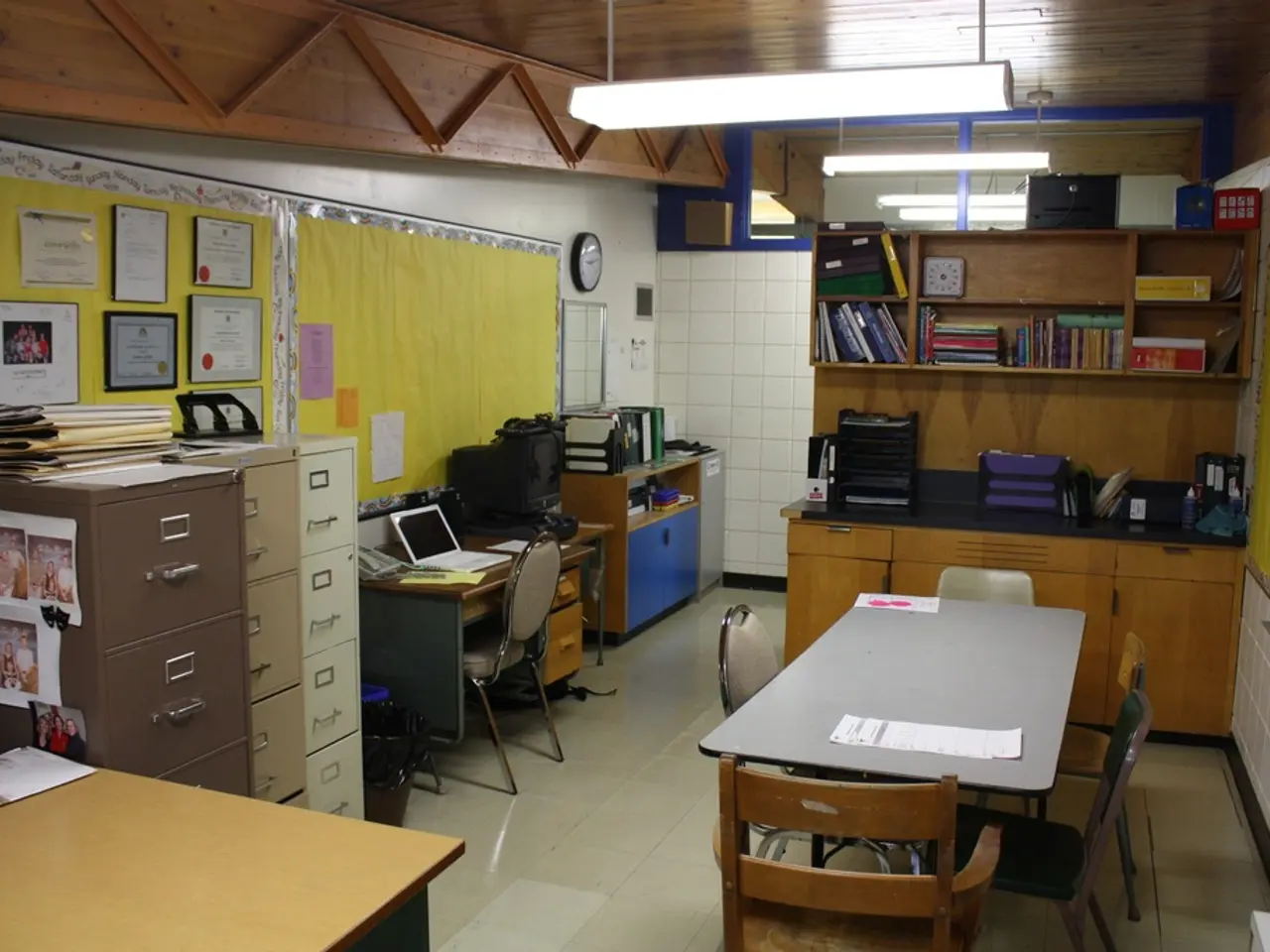Methods for Safeguarding Family's Historical Documents (including documents and photos)
Properly Storing Family Photographs and Papers
To preserve your precious family photographs and papers for future generations, it's essential to store them correctly. Here are some guidelines to help you protect your memories from fading, mold, insect, rodent, and water damage.
Store in a Cool, Dry, and Dark Environment
A cool, dry, and dark environment is ideal for slowing fading and reducing mold growth. Avoid exposure to direct sunlight or fluorescent light, which accelerates fading and discoloration.
Use Acid-Free, Archival-Quality Storage Materials
Acid-free and archival-quality storage materials such as photo albums, boxes, or manila envelopes for papers are crucial in preventing chemical damage that can cause brittleness or yellowing.
Keep Items Off the Ground
Keep photographs and papers off the ground and inside sealed, transparent plastic bins or archival boxes to protect against moisture, insects, and rodents. Sealed bins create a barrier against bugs and dampness, while transparency helps you identify contents without unnecessary exposure.
Ensure Items are Completely Dry and Clean
Before storage, ensure your items are completely dry and clean. Dampness fosters mold, and dirt can attract insects. Gently clean photos with a soft, lint-free cloth, avoiding chemicals.
Avoid Storing in Unsuitable Locations
Avoid storing under beds or in damp basements unless the space is climate-controlled, sealed, and rodent-proof. This reduces the risks of water damage and pest infiltration.
Organize and Digitize
Organize photographs by dates/events before storage and reduce duplicates to optimize storage and minimize handling damage. Digitizing photos as an additional preservation tool—scanning at high resolution (300+ DPI) using TIFF or PNG formats—not only backs up memories but also reduces the need to frequently handle originals.
Store in Polyester Sleeves
When using polyester sleeves, only place one item in a sleeve, and make sure all parts of the text or image are visible. If brittle, torn, or heavily used items are being stored, place each sheet in a polyester L-sleeve to reduce the risk of tears and other damage due to handling.
Roll Sheets Correctly
When storing flexible sheets, roll them onto a sturdy tube with an archival quality paper tube that is buffered with low-lignin content. Roll five sheets onto one tube at the same time, not one after the other, and cover the rolled sheets with acid-free tissue or bond paper, followed by polyester film.
Choose the Right Materials
Consider how you are going to use the preservation supplies before buying them, and pick the appropriate material for your situation.
Contact Suppliers
For more information, you can contact University Products Inc. at http://www.universityproducts.com or 800.628.1912, Hollinger Metal Edge at http://www.hollingermetaledge.com or 800.634.0491, Exposures 1 Memory Lane at https://www.exposuresonline.com or 855.202.7390, Gaylord Bros. at www.gaylord.com or 800.962.9580, or Exposures Online at https://www.exposuresonline.com or 855.202.7390.
- Maintaining a home-and-garden lifestyle that prioritizes organization can help create an ideal storage space for precious family photographs and papers.
- To complement the effort in preserving memories, adding lifestyle elements such as climate-controlled storage and protective containers can further guard against fading, mold, and potential damage.




